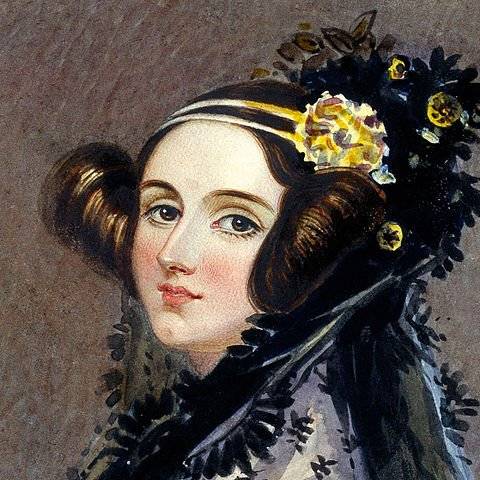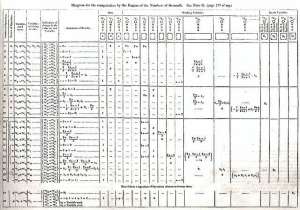Hello there dear readers. This post commemorates every woman without whom man would probably find life an impossible experience. There are no second thoughts that over the last few decades or so, women have come on par with men in almost every field. Be it sports, arts or literature, women are giving their male counterparts a run for their money. Women these days hold some of the top positions in several big business organizations and women entrepreneurs are continuously setting new trends in businesses. Even in medical and engineering fields – thought to be a male dominated field, women are setting a new benchmark every day. In India, there are a lot of women who are shining examples of the success story of women empowerment. Kiran Mazumdar Shaw, Mary Kom, Shreya Ghosal, Arundhati Bhattacharya, Priyanka Chopra, etc are a few names from the long list of women who have made the world proud of them.
Although the success stories of women have come to light mostly in the last couple of decades, the stories of women, who have achieved the zenith of success date back to yore. One such story is about Augusta Ada King who has contributed invaluably to the evolution of the modern day computer. Everyone knows Charles Babbage but not many people know the beauty and brain behind the contribution of the Analytical Engine, which was the prime invention of Charles Babbage.
In this article we will throw light on the life and work of Augusta Ada King, Countess of Lovelace. She was born on 10th December 1815 to Lord Byron and his wife Anne Isabella Mibanke. She was brought up by her mother as Lord Byron, her father left them at a very early age. Since her childhood she was prompted by her mother to learn Mathematics. As a result she acquired immense expertise in this field at a very early age. She had a number of private tutors who taught her science and mathematics. Among them was Mary Fairfax Somerville, a famous scientific author of the 19th century. Marie Somerville introduced her to Charles Babbage in 1833 who in turn was highly impressed by her mathematical skills. She was invited by Babbage to see the prototype of his Differential engine and was over whelmed by the concept. This in turn led her towards making significant contribution to Babbage’s work. Over a span of nine months in the period of 1842-1843, she translated the Italian Mathematician Luigi Menabrea’s article on Babbage’s newest proposed machine, the analytical engine. The notes translated by Lovelace were almost three times longer than the actual article and is considered as a huge accomplishment of that era since many scientists failed to do the same. Her notes also explained the difference between the Analytical Engine and the Difference Engine. These notes were later recognized as the first Algorithm or program intended to be carried out by a machine. These notes are the primary reason why Lovelace is often referred to as the first computer programmer.
(Image source here, CC public domain)
This was in brief, a short peek into the life and work of Augusta Ada King, Countess of Lovelace. She is a shining example of leading ladies in the field of science and an inspiration to thousands of modern women who want to have a glorious career in science. May this story inspire and create many more Augusta Kings.
On this 105th International women’s day, we would like to congratulate all the women of the world on their achievements and also wish them all the luck for their future endeavors.
Authored by Aniruddha Doss
Reference – here
Image Source / Attribution here, this image is in Public Domain.




